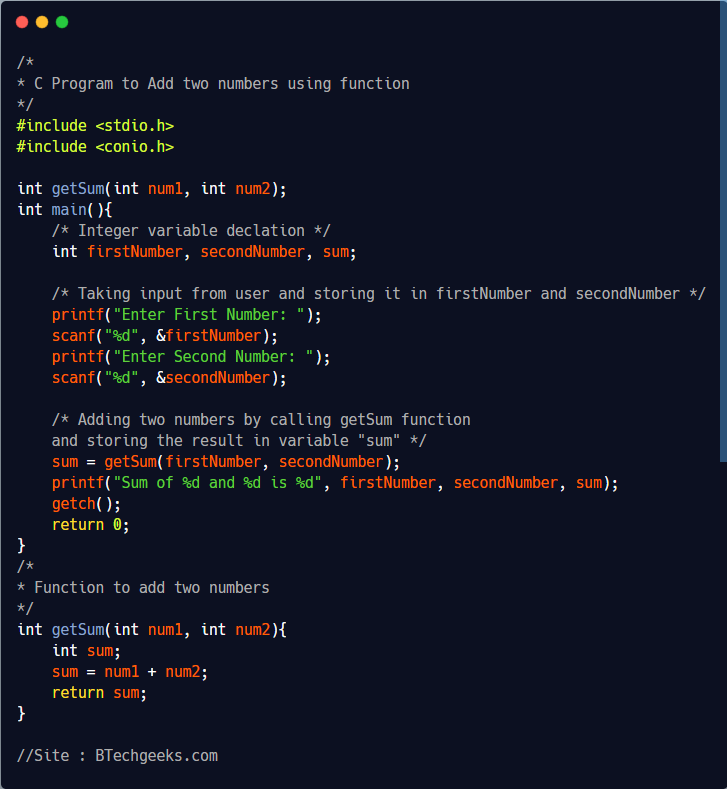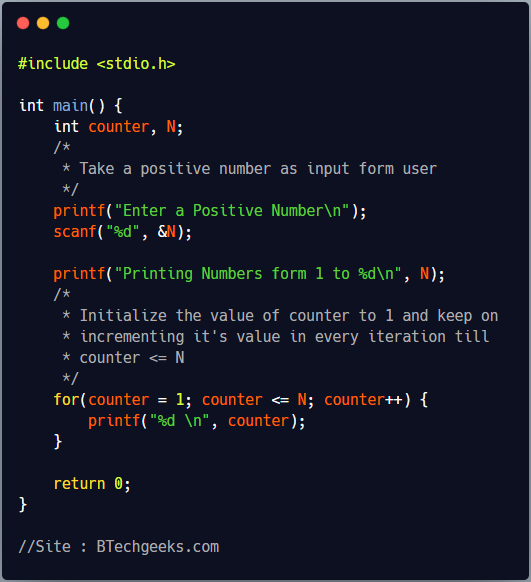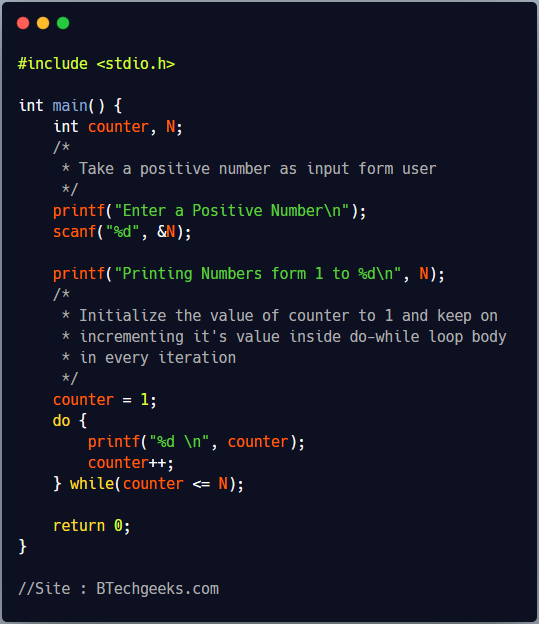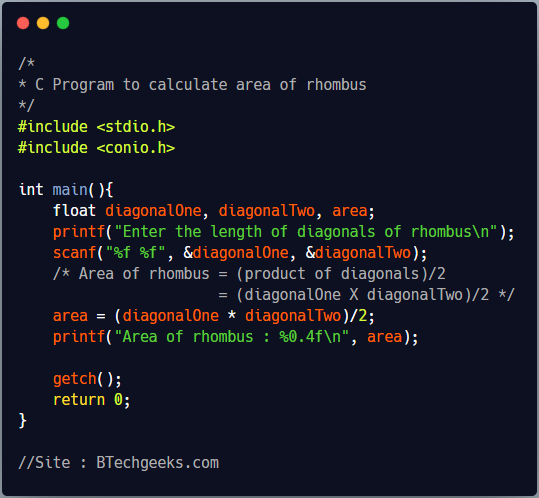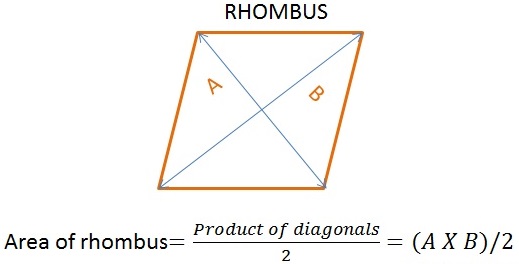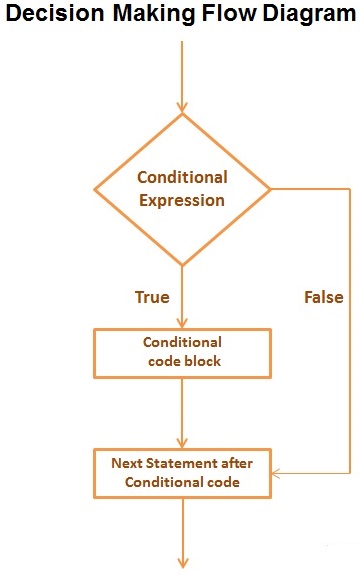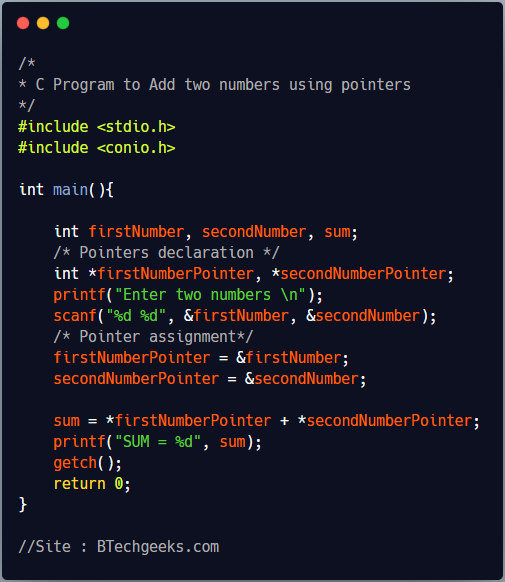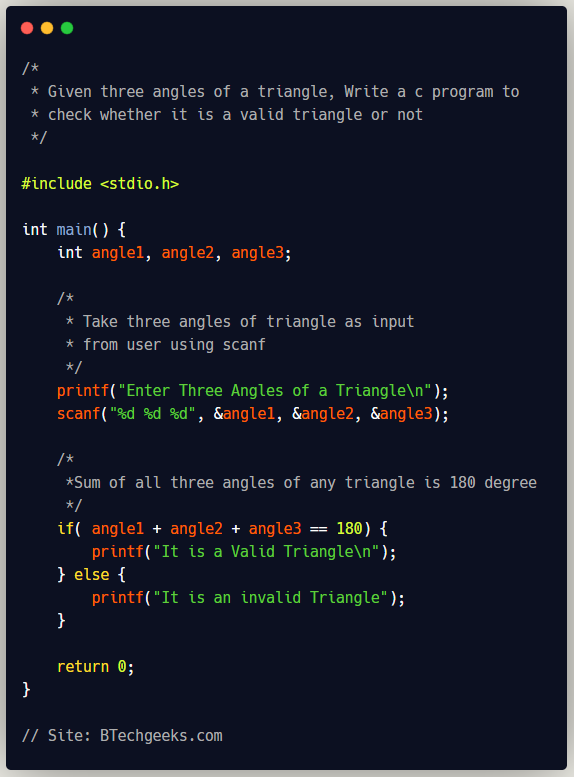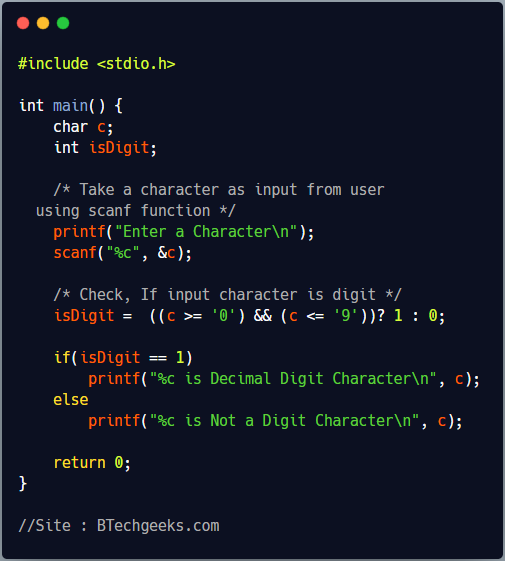Problem Solving and Programming in C Notes: C is one of the popular programming languages that are simple and flexible. It is a general-purpose programming language that is widely used in different kinds of applications. Operating Systems like Windows and many others are written in C language. Git, Python Interpreter, and Oracle Database are also written in C. This language is often called the base knowledge of programming. If you know this language, it becomes easier for you to learn any other programming language. This is a simple language which can provide faster execution. The demand for C developers is very high in the job market. This programming language can extend itself. It contains various kinds of functions that are part of the library. In this article, you will find complete details about problem-solving and programming of C language Lecture Notes.
Introduction to Problem Solving And Programming In C
Ritchie first developed this language in 1972. It is a structured language that is widely used in the software development field. For every software developer, it is important to know the C language. This language can handle low-level activities and can be compiled easily. This language is primarily used in UNIX. This language is the successor of the B language. C language is used in databases, utilities, text editors, assemblers, operating systems, and language compilers. In C programming course, you will learn this programming language from scratch. You will find all the study materials of this widely used language from this article.
Problem Solving And Programming In C Notes and Study Material PDF Free Download
Anyone interested in making a career in software development should learn C programming. It is because this language is considered as the base language of every other programming language. If you plan to do a course on C programming, you can find the right study material through this article. We have made a list of some important study materials on C programming. You can check out computer programming terminologies once before starting C programming course.
| Problem Solving And Programming In C textbook pdf |
Download |
| Problem Solving And Programming In C note & Study material |
Download |
| Problem Solving And Programming In C notes |
Download |
| Introduction to C programming |
Download |
Problem Solving And Programming In C Reference Books
It is a relatively small language, but it is very useful. You need to learn some simple things in C programming. This language was mainly discovered so that programmers can interact with the machines efficiently. To learn this language, you must read the right set of books. We have made a list of some important books on C language.
- C Programming Absolute Beginner’s Guide.
- C Programming Language.
- The C Programming Language 2nd Edition.
- C Programming: A Modern Approach.
- Expert C Programming: Deep Secrets.
- C: The Complete Reference.
- Head First C: A Brain-Friendly Guide.
- Computer Fundamentals and Programming in C.
- Low-Level Programming by Igor Zhirkov
- C in a Nutshell by Peter Prinz & Tony Crawford
Problem Solving And Programming In C Curriculum
Before starting the course on C programming, you must know the syllabus. It is crucial to understand the syllabus. The syllabus of C programming varies depending on the type of course and institution. However, the basic structure of the C programming’s syllabus remains the same. In this article, you will get to know about the necessary details taught in C programming.
C Programming Language Syllabus
Fundamentals of C Language
About C tutorial
Important points about C
Why Use C
Applications of C
C Language and English Language
Features of C
C, C++ and Java
Overview of C Language
History of C
First Program in C Hello World
Basic Structure of C Programming
Tokens in C
Keywords in C
Identifiers in C
Format Specifiers
Format Specifiers Examples
Data Types in C Language
Introduction to Data Types in C
int Data Type in C
float Data Type in C
double Data Type in C
char Data Type in C
Variable in C Language
Variable Introduction in C
Variable Declaration and Initialization
Variable types and Scope in C
Local Variable in C
static Variable in C
Global variables in C
Storage Class in C
Constant in C Language
Constants in C
Operators and Enums in C Language
Introduction to Operator
Arithmetic Operators in C
Relational Operators in C
Bit-wise Operators in C
Logical Operators in C
Assignment Operators in C
Conditional Operator in C
size of() Operator in C
Operator Precedence
Decision Making of C Language
Decision Making in C Introduction
if Statement
if-else Statement
Nested if Statement
if-else if Ladder
switch case
Loop control in C Language
Loop Introduction in C
while loop in C
do-while Loop In C
for Loop in C
Control Flow in C Programming
break Statement in C
continue Statement in C
goto statement in C
Array in C Language
Single Dimensional Array
Multi-Dimensional Array in C
String in C Language
Introduction to String
Function in C Language
Function in C
Function Calling in C
return type in Function
Call by Value in C
User Define Function
Predefined Functions
String functions in C
All String Functions
strcat() function
strncat() function
strcpy() function
strncpy() function
strlen() function
strcmp() function
strcmpi() function
strchr() function
strrchr() function
strstr() function
strrstr() function
strdup() function
strlwr() function
strupr() function
strrev() function
strset() function
strnset() function
strtok() function
Recursion in c
Introduction to Recursion
Direct and Indirect Recursion
Pointer in C Language
Pointer in C
types of pointer
NULL pointer
Dangling Pointer
Void/Generic Pointers
Wild Pointer
Near, Far and Huge Pointer
Pointer Expressions and Arithmetic
Pointer and Array
Strings as pointers
Pointer to Function
Call by Reference in C
Structure in C Language
Structure in C
Nested Structure in C
The array of Structures in C
Pointer to Structure
Structure to Function in C
typedef in C
typedef vs #define in C
Union in C Language
Union in C
File Input/Output
Introduction to File
File Operation in c
Dynamic Memory Allocation
Introduction to DMA
calloc() and free() function
realloc() and free() function
C Pre-processor
Introduction about Pre-processor
List of Problem Solving And Programming In C Important questions
- What is the difference between ++i and i++?
- Give a brief note on the volatile keyword.
- What are the basic data types related to C?
- Explain syntax errors.
- How can you create a decrement and increment statement in C?
- Explain dangling pointer in C.
- What is called the prototype function in C?
- What is a header file? Explain its usage in C programming.
- Explain pointer on a pointer in C language.
- How can you save data in a stack data structure type?
FAQs on Problem Solving and Programming in C Notes
Question 1.
What is called the C language?
Answer:
C is one of the popular programming languages that are simple and flexible. It is a general-purpose programming language that is widely used in different kinds of applications.
Question 2.
What kind of software is written in the C language?
Answer:
Operating Systems like Windows and many others are written in C language. Git, Python Interpreter, and Oracle Database are also written in C.
Question 3.
When was C language developed?
Answer:
Ritchie first developed the C language in 1972. It is a structured language that is widely used in the software development field.
Question 4.
Is it tough to learn the C language?
Answer:
It is not that difficult to learn the C language. C language is often called the base language in programming. After learning the C language, it becomes easier to learn other programming languages like C++, Java, C# etc.
Conclusion
The information provided above regarding the syllabus and study materials for C programming will help in your study. If you have any other questions regarding C programming study materials, please let us know in the comment section.



